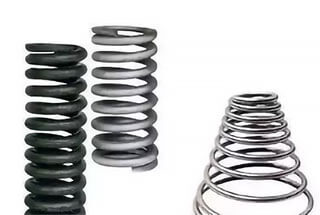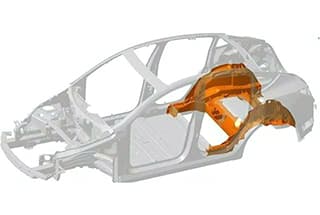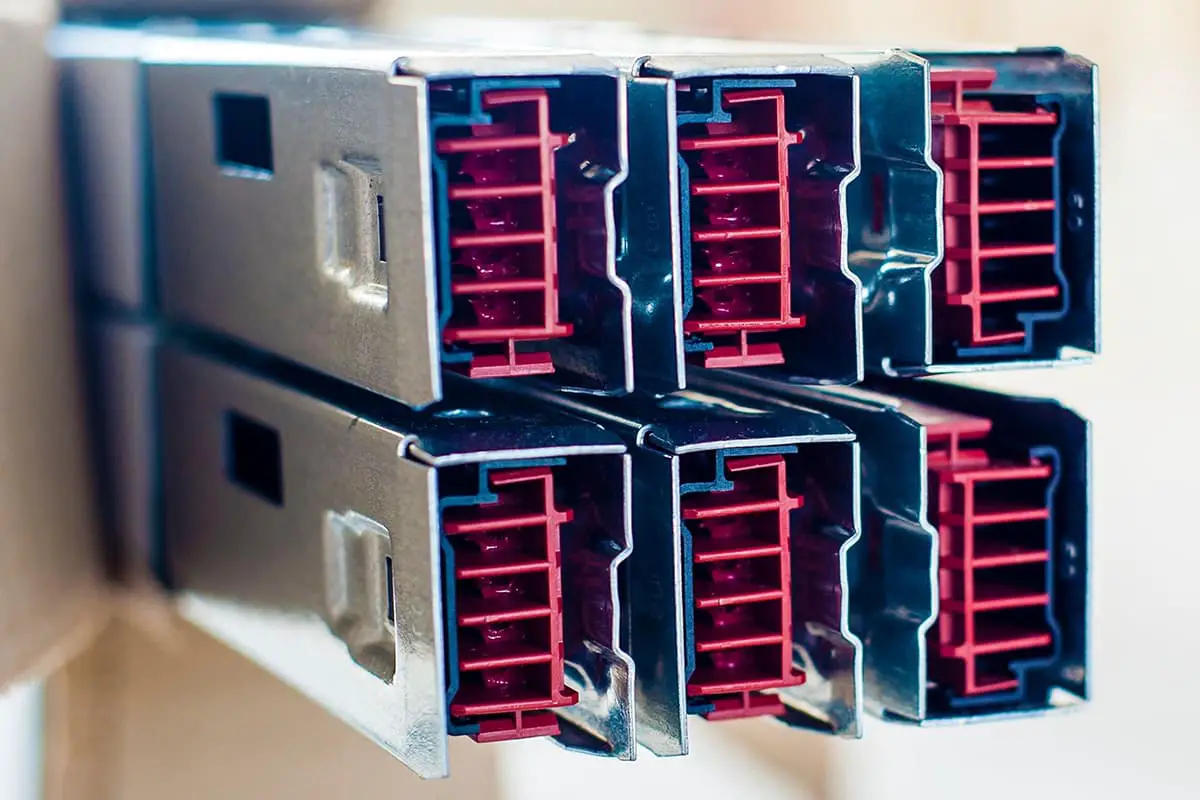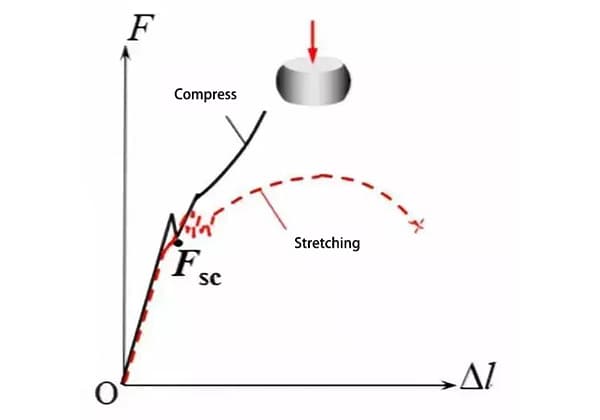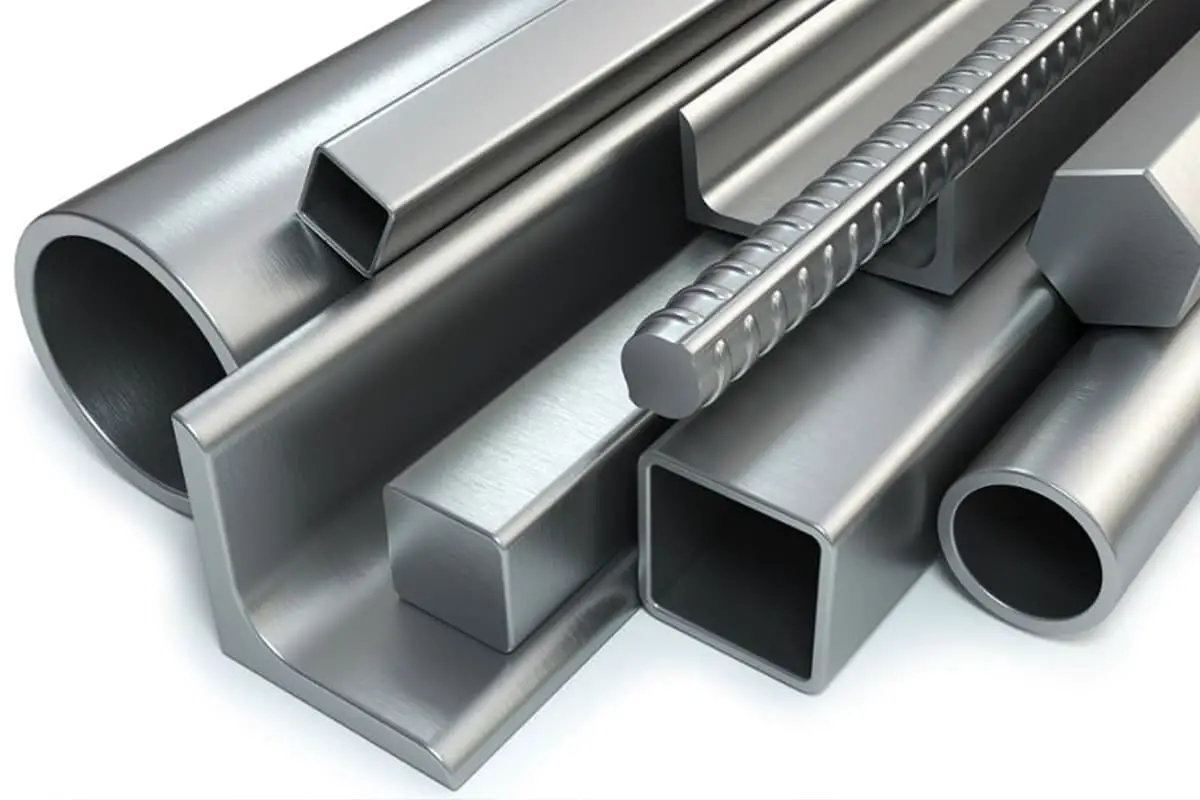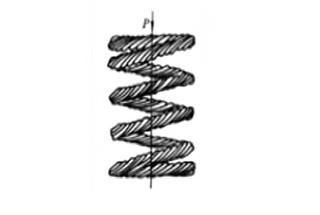
Imagine the power of a spring that is compact yet incredibly strong. Rectangular springs, with their unique shape and high stiffness, outperform ordinary round wire springs in demanding applications. They are essential in precision machinery, offering greater durability and resilience. In this article, you’ll discover the distinct advantages of rectangular springs and understand why they are the preferred choice for high-load environments. Dive in to learn how these springs enhance mechanical performance and reliability.
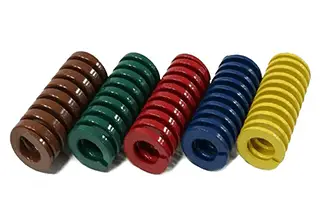
In recent years, the industrial automation sector has witnessed significant advancements, with the rectangular spring emerging as a prominent product in the spring series. Its rapid development and expanding applications underscore its growing importance in various industries.
Rectangular springs are distinguished by their high stiffness, extended service life, and compact design. To fully appreciate the advantages of rectangular springs over conventional springs, it’s essential to consider multiple factors from various perspectives.
These springs are typically fabricated from chromium alloy steel, a material renowned for its high rigidity, excellent temperature resistance, and superior working stability. The use of chromium alloy steel not only preserves the inherent advantages of rectangular springs but also imparts additional benefits such as enhanced elasticity, improved precision, and an aesthetically pleasing appearance.
To facilitate easy identification of load-bearing capacities across different specifications, manufacturers employ color-coded surface treatments. This visual differentiation aids in quick selection and application in various industrial settings.
While conventional springs are usually made from round wire with a circular cross-section, rectangular springs utilize square wire with a square cross-section. This geometric difference results in rectangular springs exhibiting greater spring force and superior resistance to deformation and fracture compared to their circular counterparts.
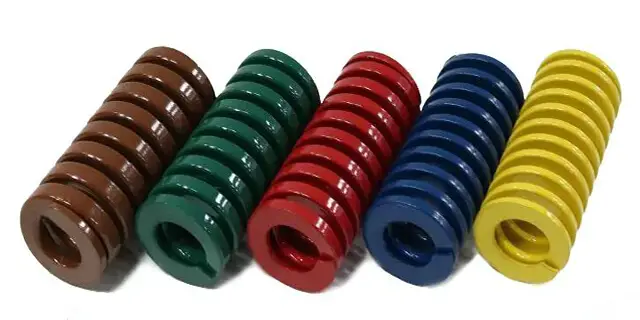
Consequently, rectangular springs find extensive application in precision mechanical equipment requiring elastic motion, such as stamping dies, die-casting molds, and plastic injection molds. Their prevalence in mold-making has led to the alternative nomenclature of “mold springs.”
Rectangular springs are particularly well-suited for high-load scenarios with spatial constraints. Their compact design allows for installation in holes or on shafts while still meeting the demands of high-speed compression and overweight loads. This versatility makes them indispensable in various industrial applications.
Despite being just one type of spring product, the significance of rectangular springs across multiple fields is undeniable. They play a crucial role in initiating and resetting mechanisms, ensuring smooth operation of entire mechanical systems. The absence of rectangular springs would significantly compromise the durability and applicability of many industrial equipments.
In conclusion, the quality and performance of rectangular spring products serve as a reflection of the manufacturing capabilities within the broader industrial sector. As automation continues to evolve, the ongoing development and refinement of rectangular springs will likely play a pivotal role in shaping the future of precision manufacturing and industrial automation.

